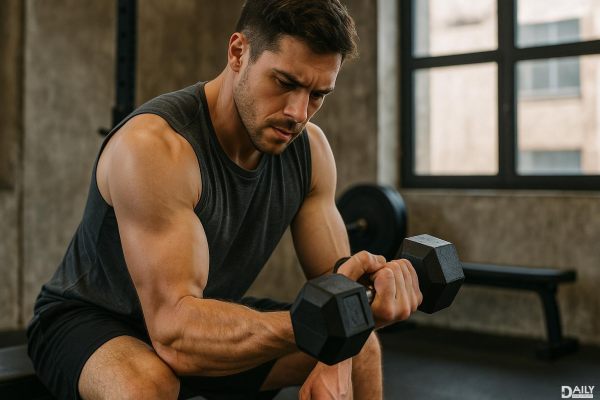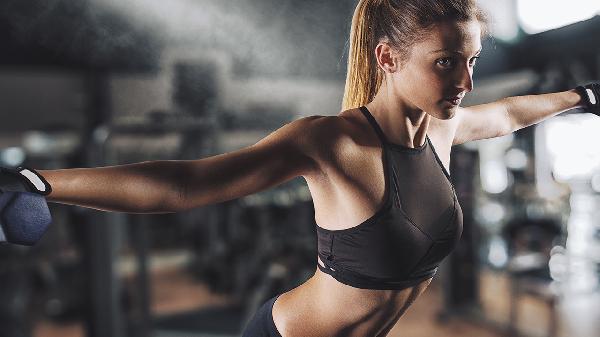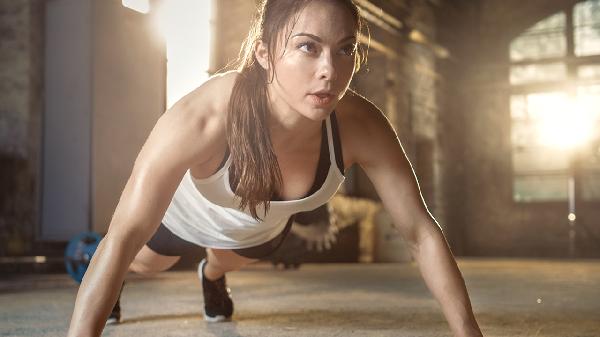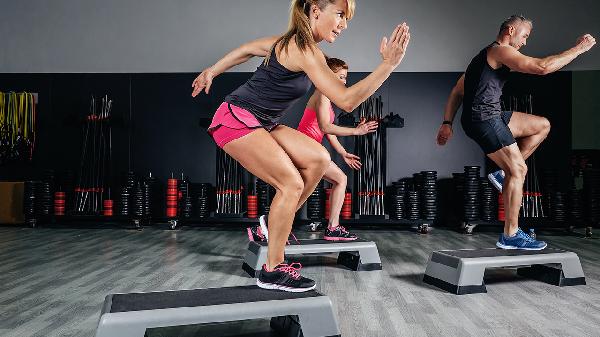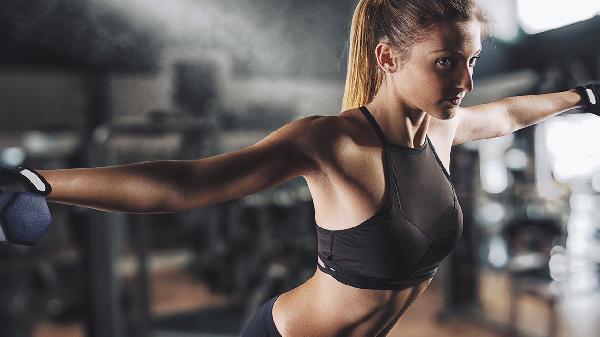If you're serious about lifting at home, a 60-inch barbell is a game-changer. This beast of a bar gives you the versatility to tackle heavy squats, deadlifts, and bench presses without feeling cramped—no more awkwardly adjusting your stance to avoid hitting the rack or walls. Plus, it's the closest you'll get to a commercial gym setup without leaving your garage. But before you drop cash on one, let's break down why this bar deserves a spot in your home gym arsenal.
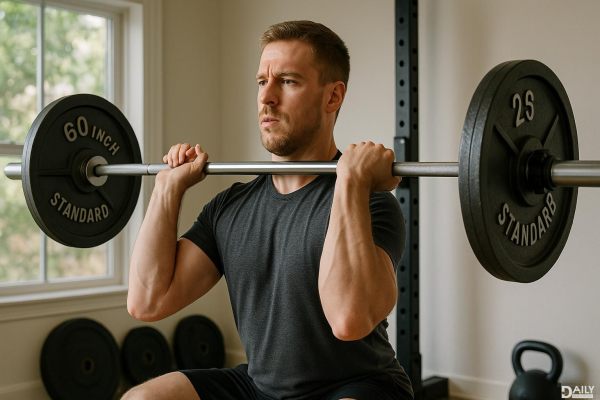
Shorter bars (like the common 48-inch versions) might save space, but they come with major trade-offs. A 60-inch barbell provides a more natural grip width for compound lifts—no more pinkies hanging off the edge during bench press. The extra length also means better weight distribution for movements like squats, reducing the risk of tipping when you're repping heavy. And let's be real: loading up a stubby bar with plates just looks ridiculous, like putting truck tires on a compact car. The 60-inch bar handles heavy loads like a champ, with room for full-size Olympic plates without crowding the sleeves.
Not all 60-inch bars are created equal. Raw steel bars offer that classic knurled grip for maximum hold, but they’ll rust if you even look at them wrong in a humid garage. Coated bars (zinc, cerakote, or black oxide) resist corrosion better, but some lifters hate the slightly slicker feel. If you're a purist who loves the sound of iron clanging and don’t mind occasional maintenance, go raw steel. For low-maintenance lifters in damp climates, a coated bar is worth the trade-off. Just avoid cheap chrome finishes—they’re basically ice skates for your hands when the sweat starts dripping.
A flimsy bar bending under load isn’t just embarrassing—it’s dangerous. Look for a 60-inch barbell rated for at least 1,000 lbs (yes, even if you’re not there yet). High-quality steel and reinforced sleeves prevent the dreaded "taco effect" when you’re deadlifting heavy. Bonus points if the bar has dual knurl marks for powerlifting and weightlifting grips. And if you see a bar touting a "700-lb limit" at a too-good-to-be-true price? Hard pass. That thing’s a noodle waiting to happen.
If you’re doing Olympic lifts (cleans, snatches), bar spin matters. Budget bars often have sticky sleeves that barely rotate, turning your clean into a forearm workout. Look for needle bearings or at least bronze bushings for smoother rotation. For powerlifters, a bar with minimal spin (like a deadlift bar) is actually preferable. And whatever you do, avoid sleeves with set screws—they loosen over time, leaving you with a wobbly mess mid-workout. A proper snap-ring or end-cap design keeps everything tight for years.
Yeah, a 60-inch barbell needs room—about 7 feet of clear space lengthwise to avoid smacking walls during lifts. Measure your rack’s inside width too; some cheaper racks have narrow uprights that force you to angle the bar awkwardly during squats. If space is tight, consider a foldable rack or wall-mounted storage. Pro tip: Mark your floor with tape for deadlift setup to avoid drifting into your drywall. Because nothing kills a PR like a hole in the wall.
At the end of the day, a 60-inch barbell is the gold standard for home lifters who mean business. It’s not just about the extra inches—it’s about durability, performance, and that sweet, sweet feeling of lifting on gear that doesn’t hold you back. Just pair it with decent plates and a solid rack, and you’ve got a setup that’ll outlast your New Year’s resolutions.
